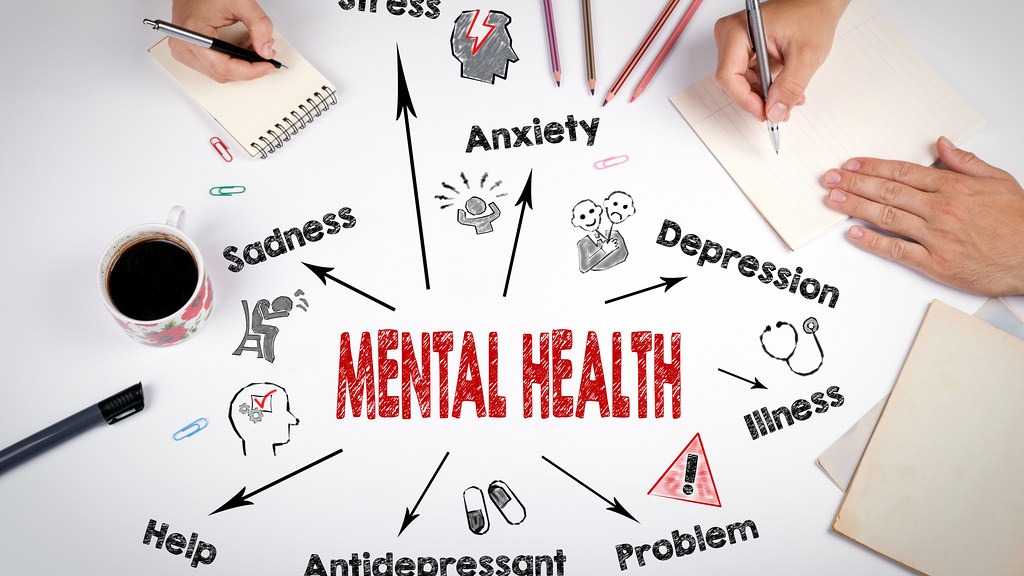
Cleft Lip and Palate (CLP) is a congenital condition that not only presents physical challenges but also poses unique psychological hurdles for individuals and their families. Numerous studies conducted globally shed light on the profound psychological effects associated with CLP. This blog post explores the intricate interplay of psychological factors, rehabilitation, and social support in the lives of individuals affected by CLP.
The Dual Importance of Physical and Psychological Rehabilitation:
Research consistently underscores the equal importance of physical and psychological rehabilitation for individuals with CLP. Achieving a full recovery goes beyond addressing physical aspects; it involves enhancing self-esteem and mental well-being. This holistic approach recognizes the symbiotic relationship between physical and psychological well-being.
Impact on Children’s Psychosocial Development:
During their developmental years, children with CLP face psychosocial challenges that can influence normal social interactions. Studies have indicated a heightened risk of low self-esteem and shyness among these children. The psychosocial effects are not confined to the individuals themselves but extend to their families, who may experience varying levels of anxiety and depression.
Hidden Challenges and Influencing Factors:
While literature suggests that individuals with CLP generally maintain psychosocial health, certain concealed issues hinder optimal functioning. Factors such as coping and adjustment strategies, self-confidence, experiences of bullying, acceptance of facial appearance, satisfaction with surgical outcomes, communication difficulties, parental anxiety, depression, and the burden on family income play pivotal roles.
Influence of Social Support:
Among the influencing factors, social support emerges as a key determinant of psychological outcomes. Studies highlight the significant impact of social support in yielding positive psychological results. Contrary to assumptions, cleft visibility alone does not prove to be a direct risk factor for psychological impairment. Instead, the presence of a robust support system, both familial and societal, plays a crucial role in mitigating psychological challenges associated with CLP.
Evolution of Patient Experiences:
The experience of individuals with CLP throughout the treatment course evolves over time. Among youth and adolescents, many report facing stigma, negative self-perception, and lower self-esteem. However, acknowledging these challenges opens the door to implementing effective interventions that foster resilience and positive psychological growth.
Parental and Social Support:
It is vital to recognize that the psychological impact of CLP extends beyond the affected individuals to their parents, particularly mothers. Parental and social support emerges as a beacon of hope, exerting positive influences in reducing psychological effects. Acknowledging and addressing the emotional well-being of parents is integral to holistic care for families dealing with CLP.
Conclusion:
Understanding the psychological effects of cleft lip and palate is crucial for comprehensive care. By recognizing the hidden challenges, emphasizing the dual importance of physical and psychological rehabilitation, and promoting social support, we can pave the way for individuals and their families to navigate the complex psychological landscape associated with CLP. Through continued research and advocacy, we can strive for a future where those affected by CLP not only overcome physical challenges but also thrive psychologically, fostering a sense of empowerment and resilience.
References:
Abeer Al-Namankany, Abrar Alhubaishi. Effects of cleft lip and palate on children’s psychological health: A systematic review. Journal of Taibah University Medical Sciences, Volume 13, Issue 4, 2018, Pages 311-318.
Note: This blog post is for informational purposes only and should not be considered as medical advice. Always consult with a qualified healthcare professional for personalized guidance regarding your child’s health and treatment options.

